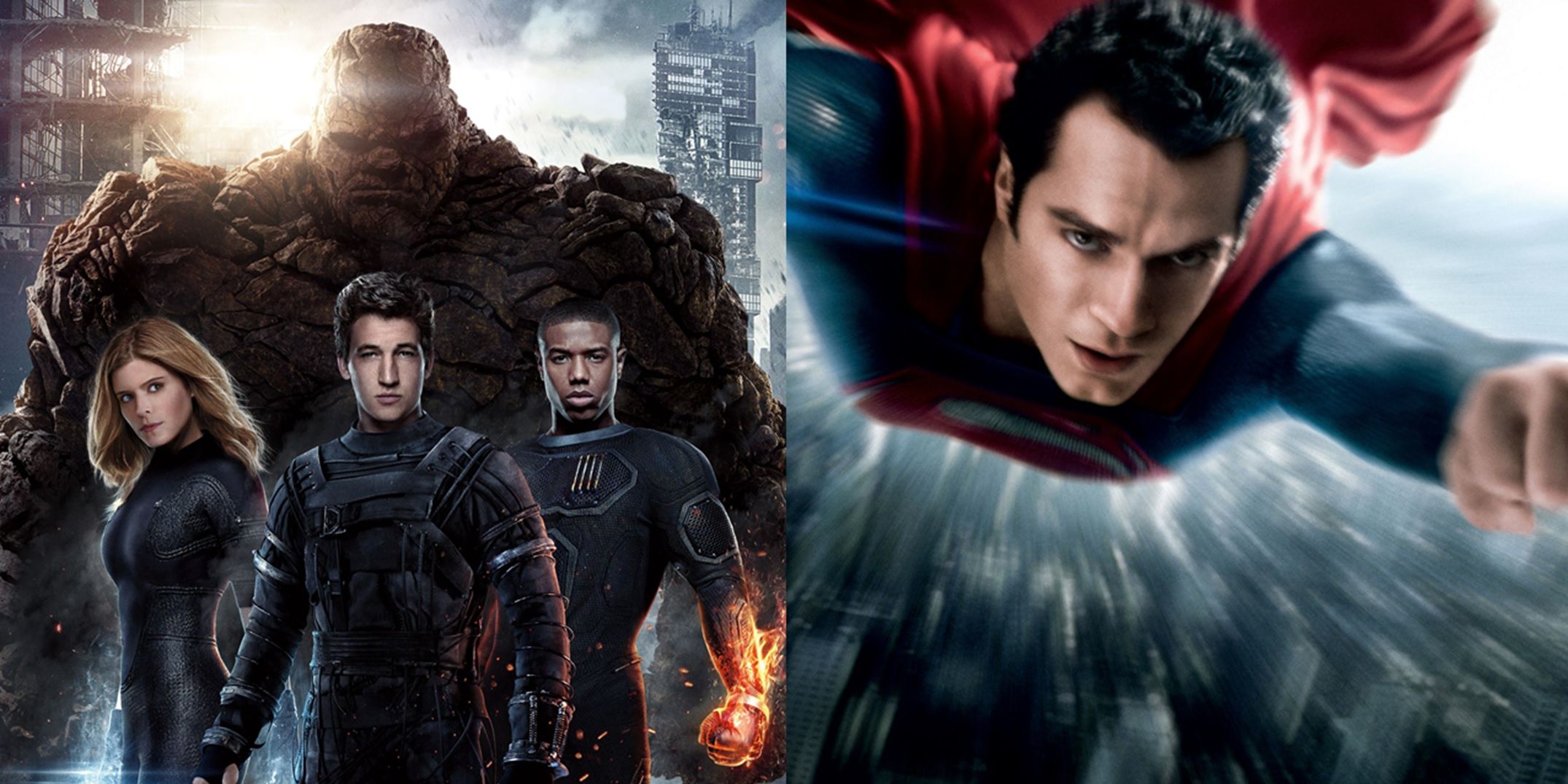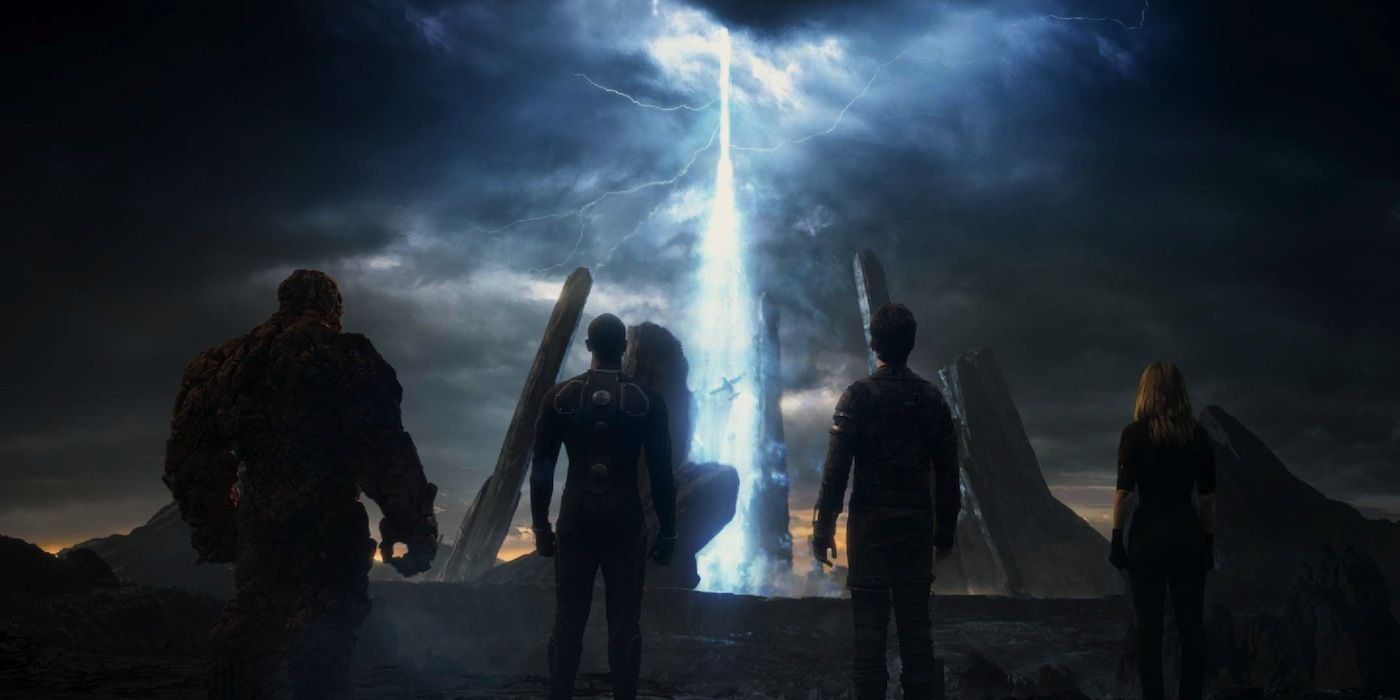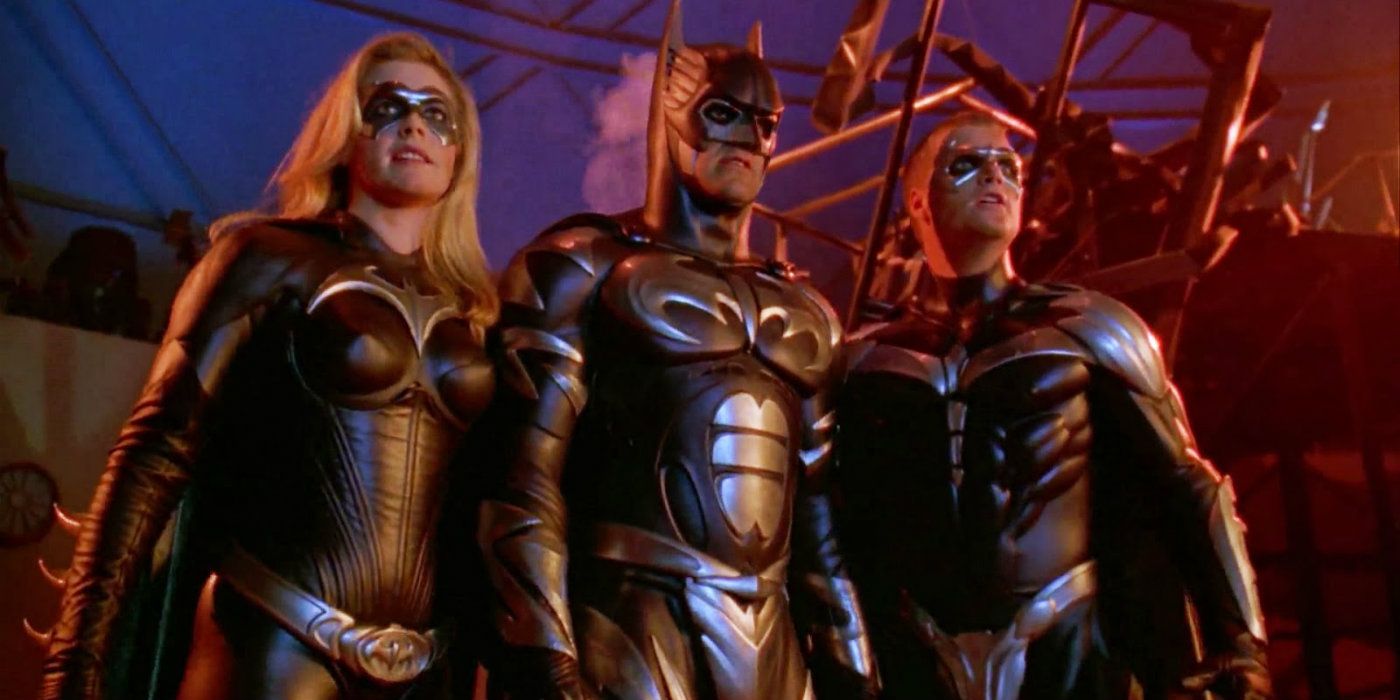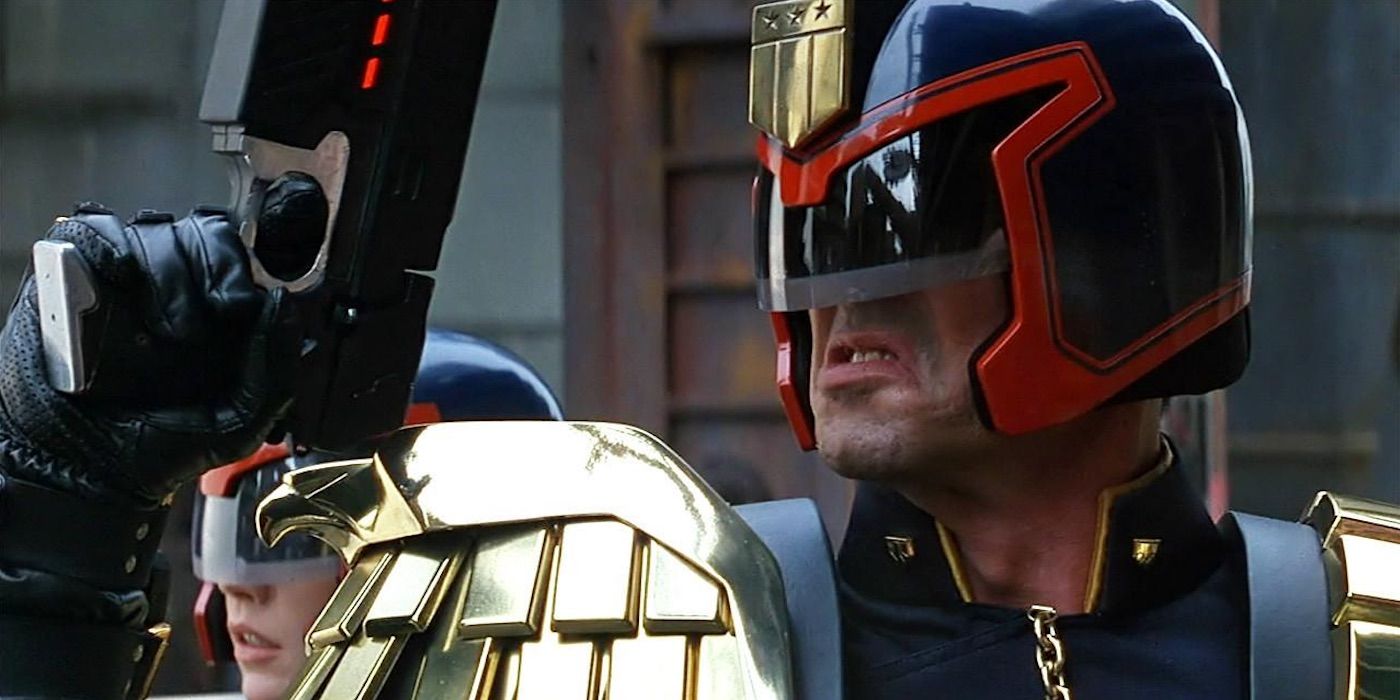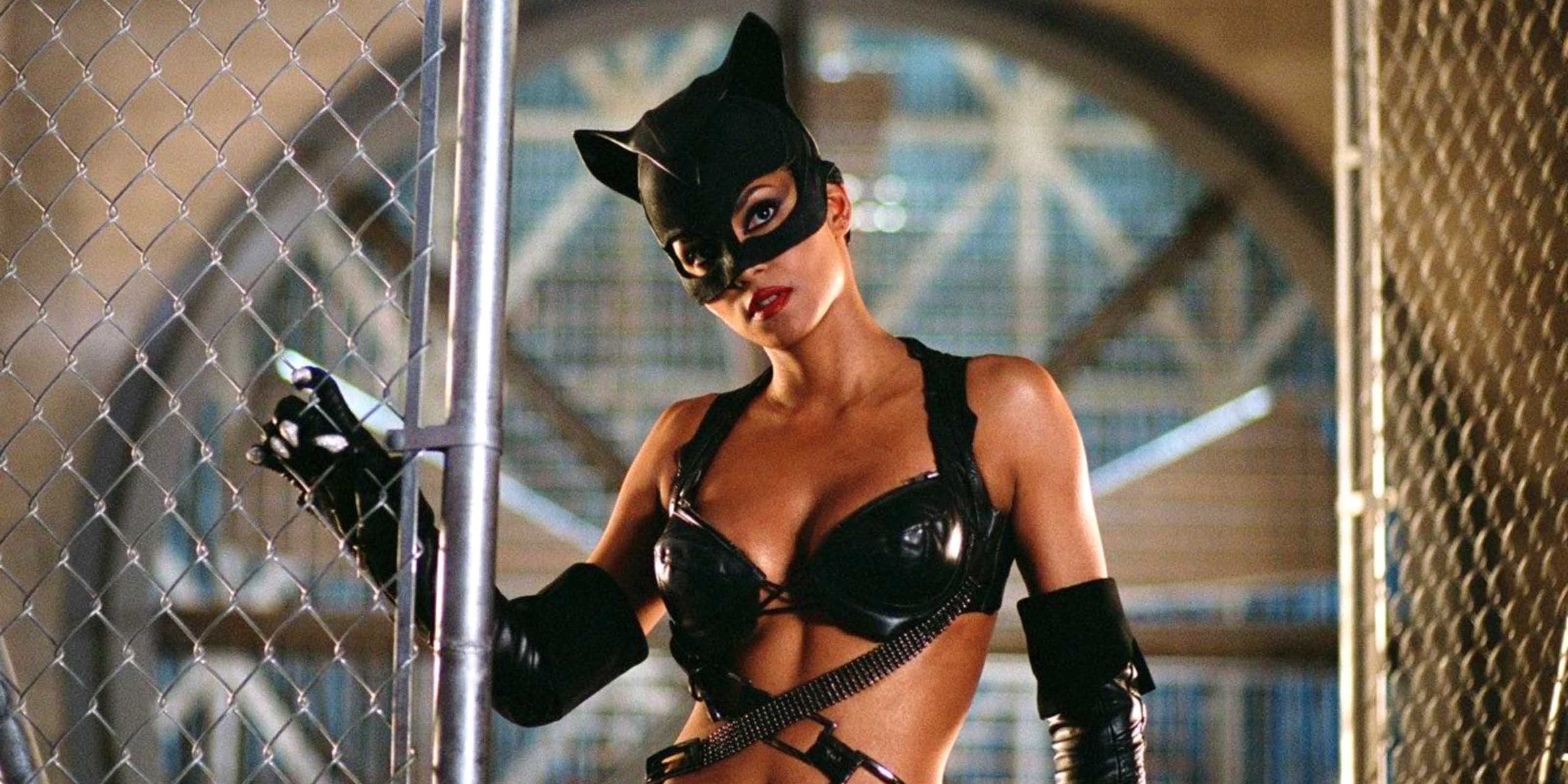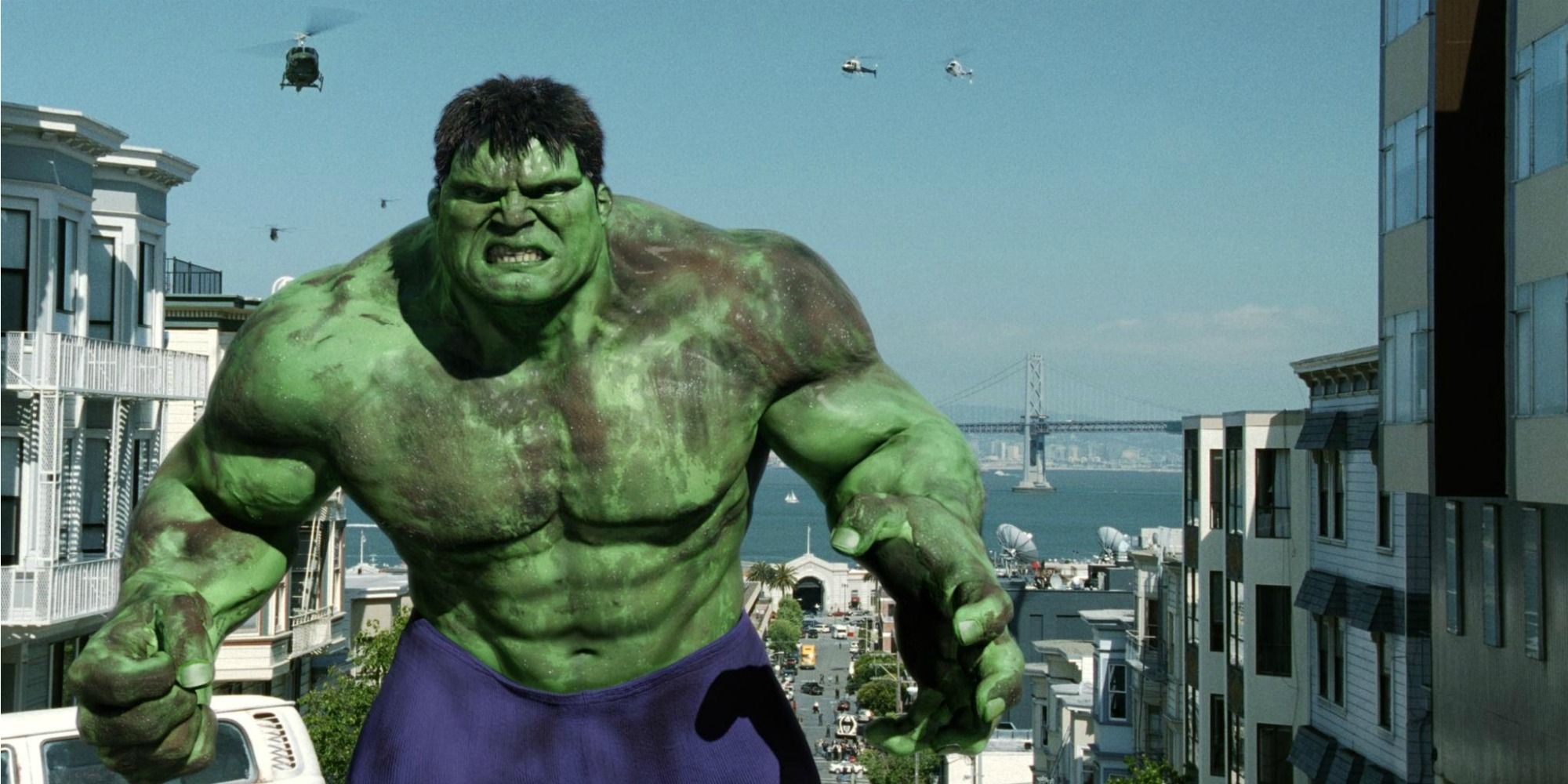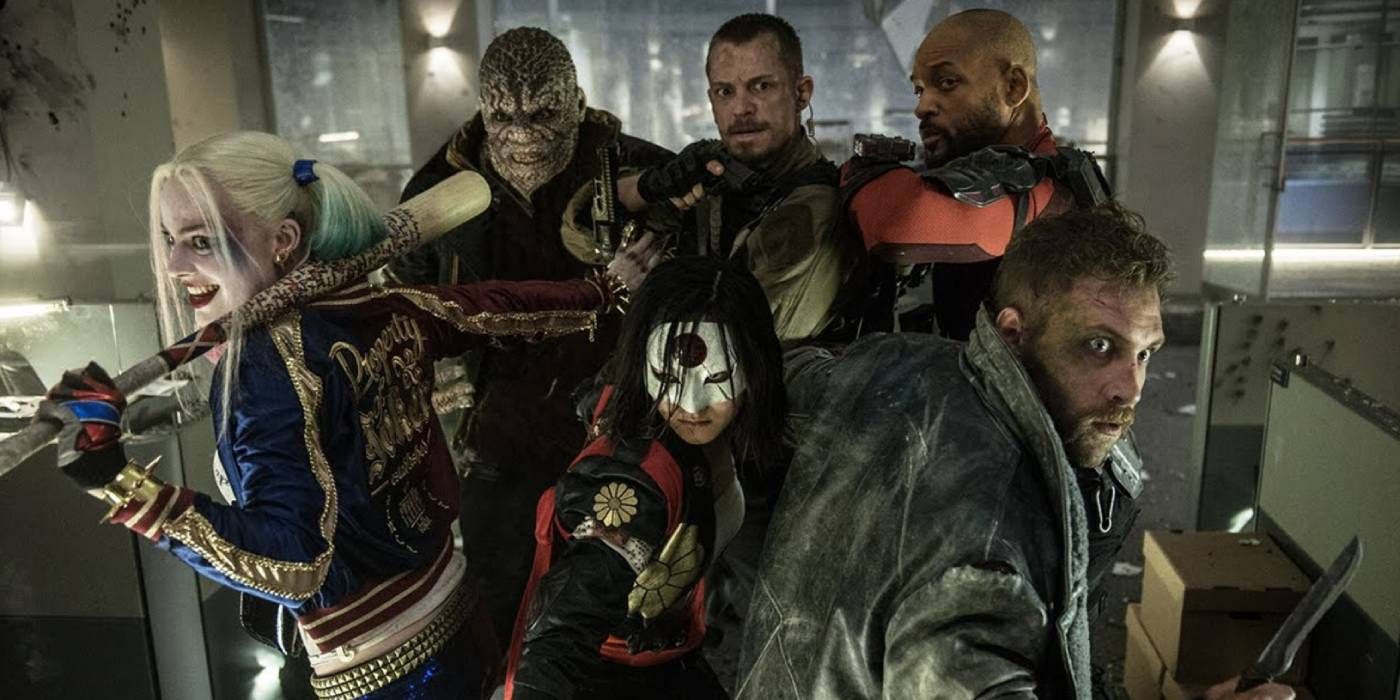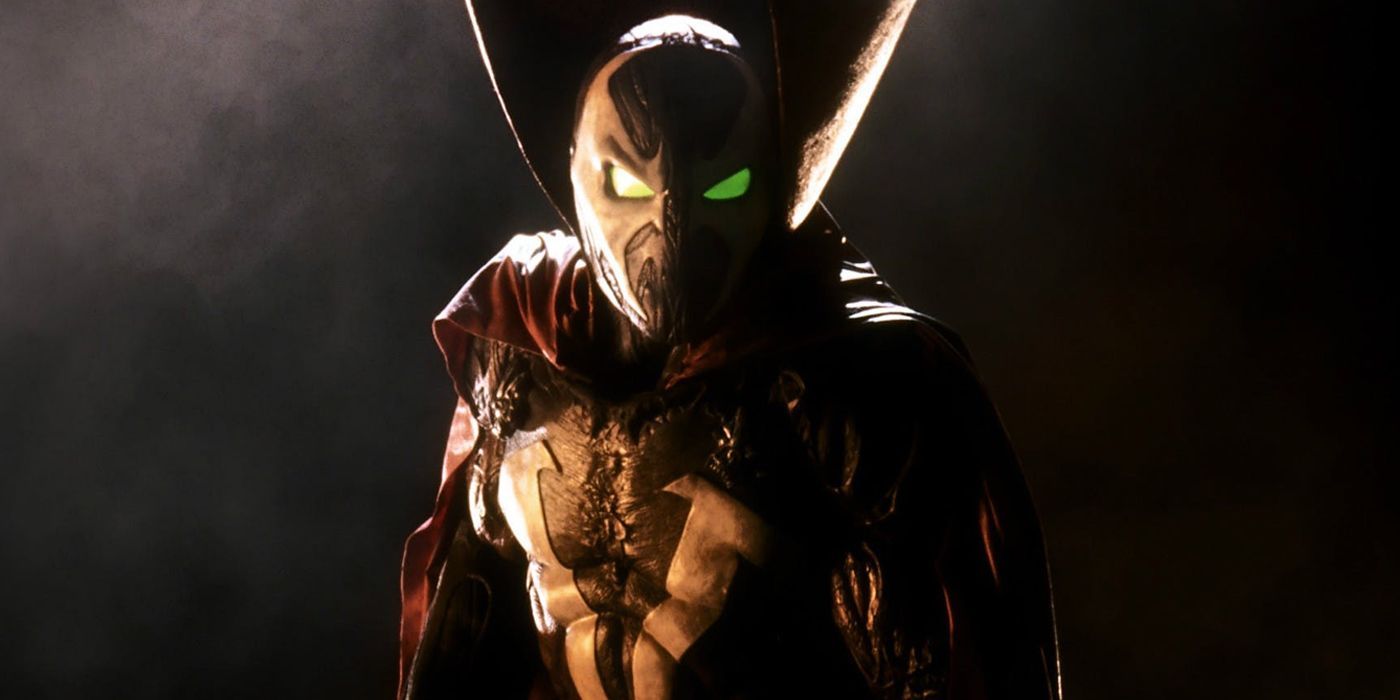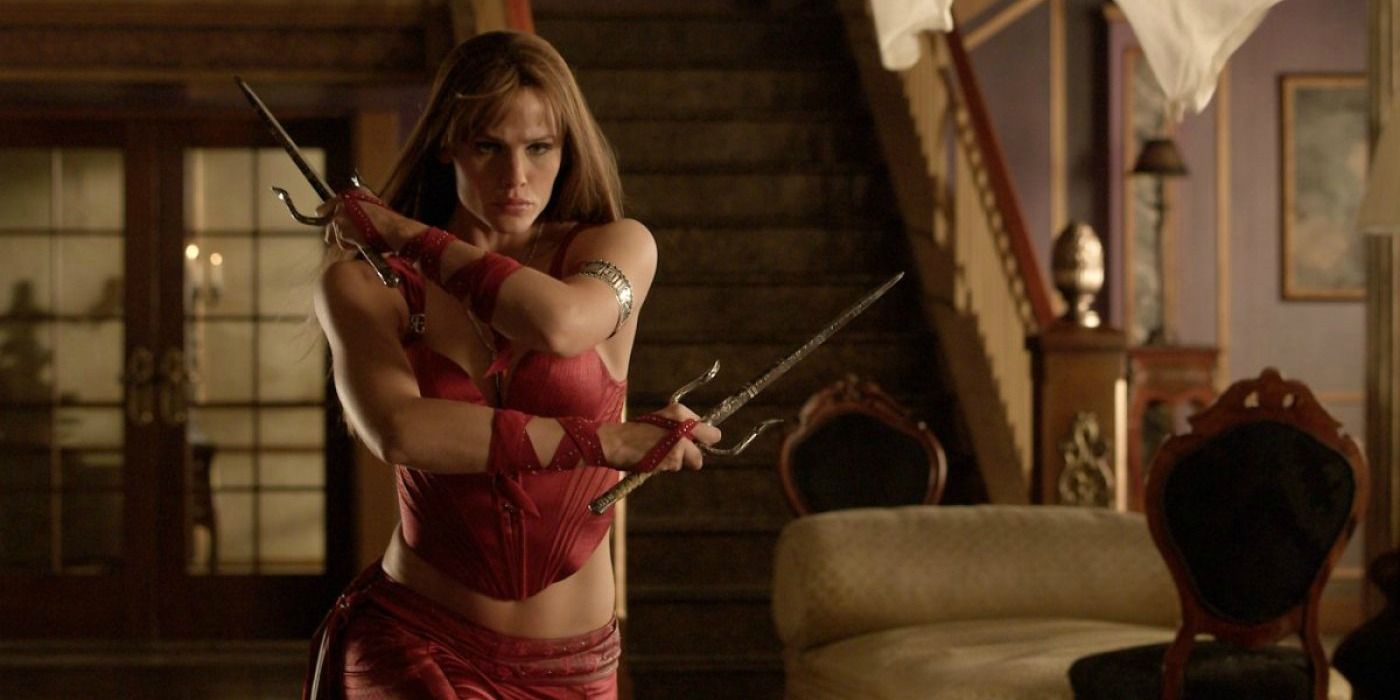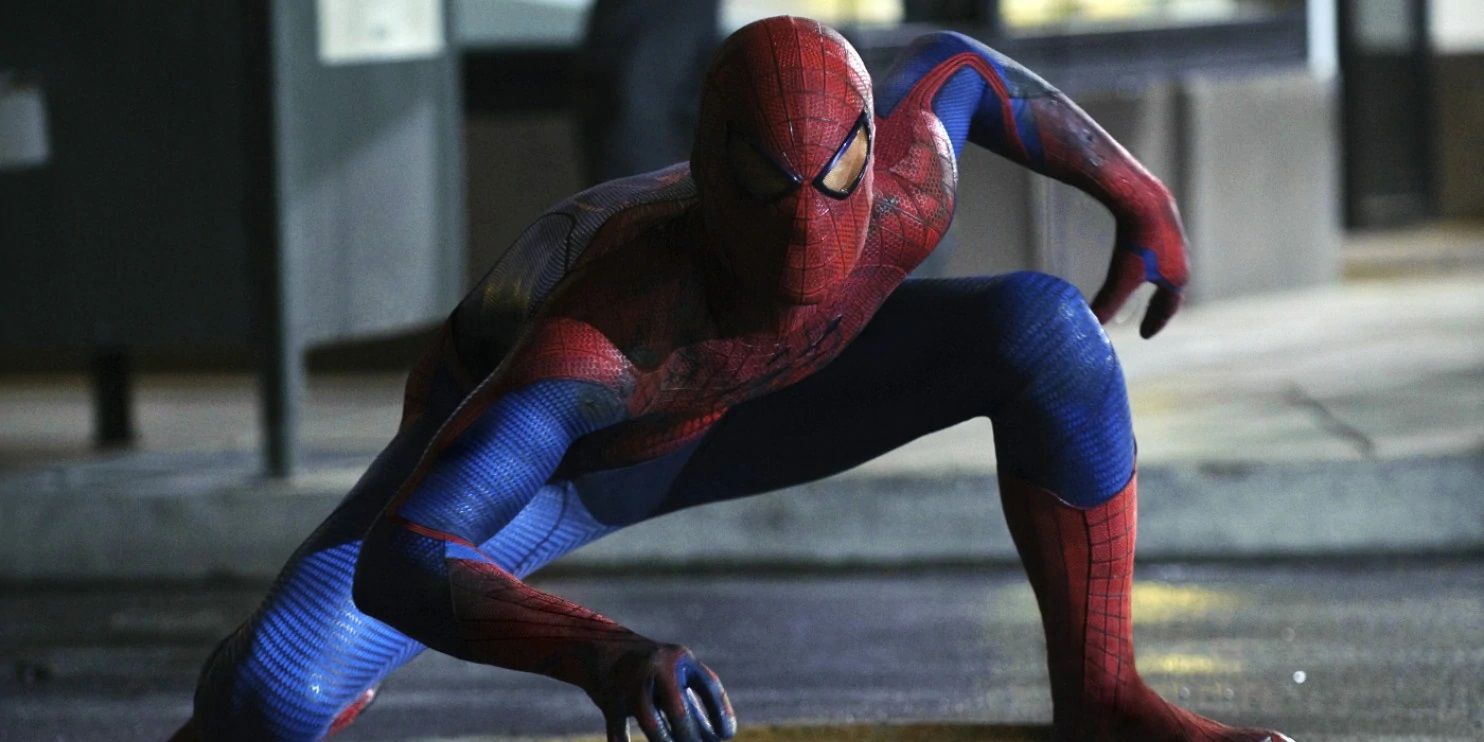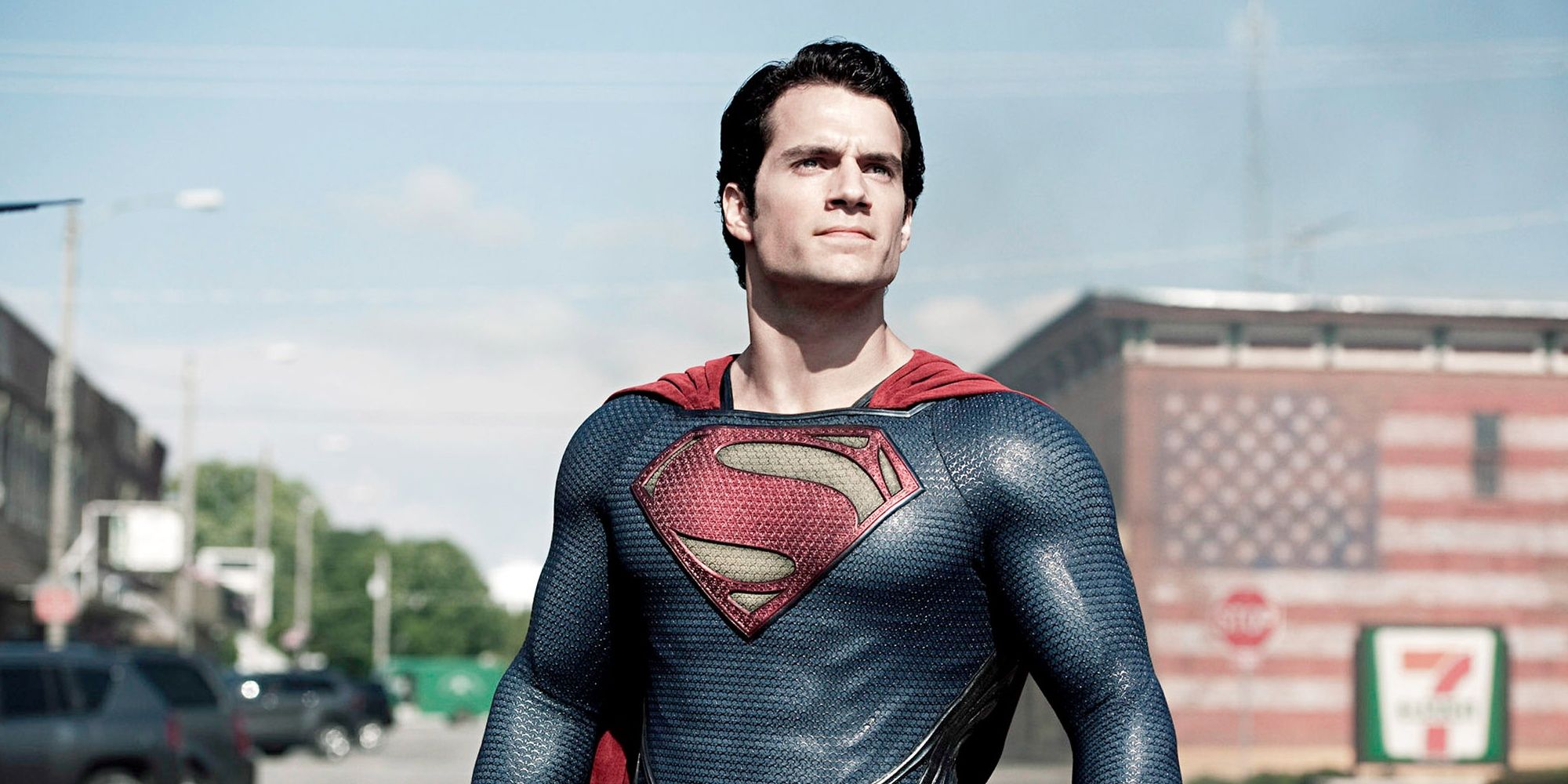While Marvel Studios president Kevin Feige will surely set the record straight with the MCU’s upcoming Fantastic Four reboot, 2015’s Fant4stic remains a bitter memory for many fans of Marvel’s first family. Tim Story’s 2000s movies weren’t great, or even all that good, but their lighthearted tone came a lot closer to that of the classic Fantastic Four comics. Fantastic Four stories have never taken themselves too seriously — the clue is in the name.
In an age when mega-budget comic book movies hit theaters about once a month (when theaters are open, that is), movies like Fant4stic that bungle their iconic source material are unfortunately ten a penny.
Fant4stic (2015)
Bizarrely, Fant4stic was set up as a Cronenberg-esque body horror movie, which is completely at odds with the spirit of the source material, which always focused on the family dynamic with a healthy dose of humor. Before Fox’s reshoots, Josh Trank’s original cut was reportedly even darker. Removing the Thing’s shorts in an attempt to add some gritty realism somehow made him look ever sillier.
For some reason, Fant4stic perpetuates the weird love triangle between Reed, Sue, and Doom from the previous movies, which never existed in the comics — and Doom himself, one of the most complex villains in comic book movie history, is reduced to a CGI crash test dummy.
Batman & Robin (1997)
There’s room for campiness in Batman stories — the ‘60s TV show with Adam West is camp to an absurd degree and it’s celebrated as one of the greatest ever portrayals of the Caped Crusader — but there is a line, and Joel Schumacher’s 1997 disaster Batman & Robin crossed it.
Both Schumacher and George Clooney have publicly apologized for Batman & Robin, which put nipples on the Batsuit and introduced the Bat-Credit Card.
Judge Dredd (1995)
Sylvester Stallone made a movie called Judge Dredd in 1995, but since it was a buddy movie co-starring Rob Schneider and the titular character kept taking off his helmet to be a likable Hollywood action hero, it didn’t feel much like an adaptation of the comics of the same name.
Two decades later, 2012’s Dredd finally did the iconic 2000 A.D. character justice on the big screen, with Karl Urban perfectly cast in the role and Alex Garland offering a much more faithful take on the lore. But unfortunately, due to its half-hearted marketing campaign (and its abundance of hard-to-stomach ultraviolence), it bombed at the box office.
Catwoman (2004)
Selina Kyle is the ultimate femme fatale and Gotham City is the ultimate noir setting — an R-rated Catwoman movie that’s true to the source material has the potential to be one of DC’s greatest big-screen efforts.
Unfortunately, the Catwoman movie that set back female-led comic book movies for over a decade is completely untrue to the source material. It’s a Catwoman movie in name only. The plot centers around a graphic designer named Patience Phillips who acquires ancient supernatural powers from Egyptian cats. The city where it takes place is never even identified as Gotham.
Hulk (2003)
Ang Lee’s Hulk gets an A for effort. The comic book panel scene transitions are inspired (even if they are jarring and weird-looking) and Eric Bana was a promising casting choice as a psychologically tormented Bruce Banner.
But there isn’t enough action in this movie. Hulk stories are defined by Banner’s Jekyll and Hyde psychology, but these are just thematic undertones — they’re not the centerpiece. “Hulk smash!” is the centerpiece, and this movie has very limited Hulk action. The green meanie doesn’t appear on-screen until around an hour into the movie and when he finally shows up, he just bounds across the desert and fights CGI dogs whose effects have aged horribly.
Suicide Squad (2016)
The 2016 Suicide Squad movie is a curious case. Warner Bros. gave David Ayer just six weeks to write the script, then he made the whole movie on an accelerated schedule to follow up Batman v Superman with a dark, angsty drama focused on Jared Leto’s Joker.
Then, Warner got cold feet after the simultaneous failure of BvS and the success of Deadpool and hired the editors of the lively, funny trailer to recut the whole movie in the same vein. The result is nothing like Ayer envisioned and nothing like the original comics. It barely holds together as a movie. If the trailers are anything to go by, James Gunn is about to give the franchise a second wind with his half-sequel/half-reboot The Suicide Squad.
Spawn (1997)
Todd McFarlane’s Spawn comics reinvigorated the industry in the ‘90s with a refreshing dose of violence, vulgarity, and hard edge. Then, Hollywood bought the movie rights, watered it down, filled it with mind-numbingly crass gags, and sent it out to disappoint audiences. Even a lot of the people who made Spawn hated it.
Fortunately, Spawn will soon get his due on the big screen as McFarlane is spearheading a faithful post-Deadpool adaptation with Jamie Foxx set to star and Jason Blum producing.
Elektra (2005)
2005’s Elektra was the spin-off from Ben Affleck’s mediocre-at-best Daredevil movie that no one asked for. Jennifer Garner was very open at the time about doing the movie out of a contractual obligation, which shines through in her phoned-in performance.
Thankfully, the Elektra character was later done justice on-screen with Elodie Yung’s portrayal of the character in Netflix’s much more faithful Daredevil series.
The Amazing Spider-Man (2012)
One of the many gritty reboots inspired by Batman Begins was Marc Webb’s The Amazing Spider-Man, which turned shy, nerdy, good-natured Peter Parker into an impossibly gorgeous, obnoxious jerk who listens to Coldplay.
The circumstances surrounding Peter’s parents’ deaths were never an important mystery in the comics. These stories have always focused on Peter’s relationship with his true parents, May and Ben Parker. But The Amazing Spider-Man movies needlessly dragged out a big conspiracy involving Peter’s parents’ shady experiments with spiders. It was insanely unnecessary.
Man Of Steel (2013)
The teaser trailers for Man of Steel made it look like a Terrence Malick-esque meditation on humanity with a bleak, realistic take on the Superman mythos. Alas, it didn’t end up going that deep. Snyder’s idea of a realistic Superman is one who breaks people’s necks when he has an arsenal of other powers that could resolve the crisis without taking a life, just like his idea of a realistic Batman in the sequel is one whose favorite Bat-gadget is a pump-action shotgun.
Clark Kent’s main conflict is that he can’t be everywhere that people need to be saved at once — he’s not the whiny, brooding downer seen in Man of Steel, who isn’t sure if he even cares about doing the right thing.

